


Aug . 31, 2025 03:40 Back to list
What is Construction Tools? Your Guide to Essential Building Tools.
Understanding Construction Tools: A Technical Deep Dive for B2B Professionals
In the dynamic and demanding landscape of modern infrastructure development and industrial maintenance, the efficacy and reliability of equipment are paramount. This article delves into the core question: what is construction tools? Beyond basic definitions, we explore the intricate manufacturing processes, technical specifications, application nuances, and the strategic advantages these indispensable instruments offer across various B2B sectors. From heavy-duty machinery to precision hand tools, understanding the advanced engineering behind these products is crucial for procurement specialists, project managers, and field engineers seeking to optimize operational efficiency and safety.
We will also examine emerging industry trends, present critical data visualizations, and provide insights into vendor selection and customized solutions, ensuring a comprehensive understanding of the vital role played by high-performance construction tools in achieving project success.
The Advanced Manufacturing Process of Construction Tools
The production of high-quality what is construction tools involves a meticulously engineered process, integrating advanced material science with precision manufacturing techniques. This ensures durability, performance, and adherence to stringent international standards. Below is a detailed overview of a typical manufacturing flow:
Manufacturing Process Schematic Steps:
- Material Selection & Sourcing: Utilization of high-grade alloy steels (e.g., Chromium-Vanadium, Molybdenum steel), tool steels, high-strength aluminum alloys, and advanced composites. Materials are chosen for their specific properties such as tensile strength, hardness, fatigue resistance, and corrosion resistance, essential for diverse applications where what are the tools used in building construction must withstand extreme stresses.
- Forging & Casting: Initial shaping processes. Forging enhances grain structure, improving strength and toughness, particularly for components subjected to high impact or torque. Precision casting is employed for complex geometries, minimizing material waste and subsequent machining.
- CNC Machining & Precision Grinding: Components undergo Computer Numerical Control (CNC) machining for intricate detailing, ensuring exact dimensional accuracy and tight tolerances. Subsequent grinding operations achieve precise surface finishes and critical functional geometries, vital for tool performance and longevity.
- Heat Treatment & Surface Hardening: Critical steps involving controlled heating and cooling (e.g., induction hardening, tempering, nitriding) to achieve desired material hardness, wear resistance, and ductility. Specialized surface coatings (e.g., chromium plating, PVD/CVD coatings) are applied for enhanced corrosion resistance and reduced friction.
- Assembly & Calibration: Individual components are assembled, often with ergonomic considerations for user comfort and safety. Calibration processes ensure that tools meet specified operational parameters, such as torque accuracy for wrenches or cutting depth for saws.
- Quality Control & Testing: Each tool batch undergoes rigorous testing to comply with international standards such as ISO 9001 for quality management, ANSI (American National Standards Institute) for product performance, and ASTM (American Society for Testing and Materials) for material properties. Tests include tensile strength, impact resistance, hardness, fatigue testing, and functional performance under simulated operating conditions.
- Finishing & Packaging: Final inspection, branding, and protective packaging to prevent damage during transit and storage.
This meticulous process ensures a typical service life exceeding industry benchmarks, often demonstrating superior resistance to wear and corrosion in demanding environments. Target industries include petrochemical, metallurgy, power generation, water supply & drainage, heavy civil engineering, and telecommunications. Advantages in typical application scenarios include enhanced energy saving through efficient tool design, superior corrosion resistance due to advanced coatings and material selection, and significantly reduced operational downtime.
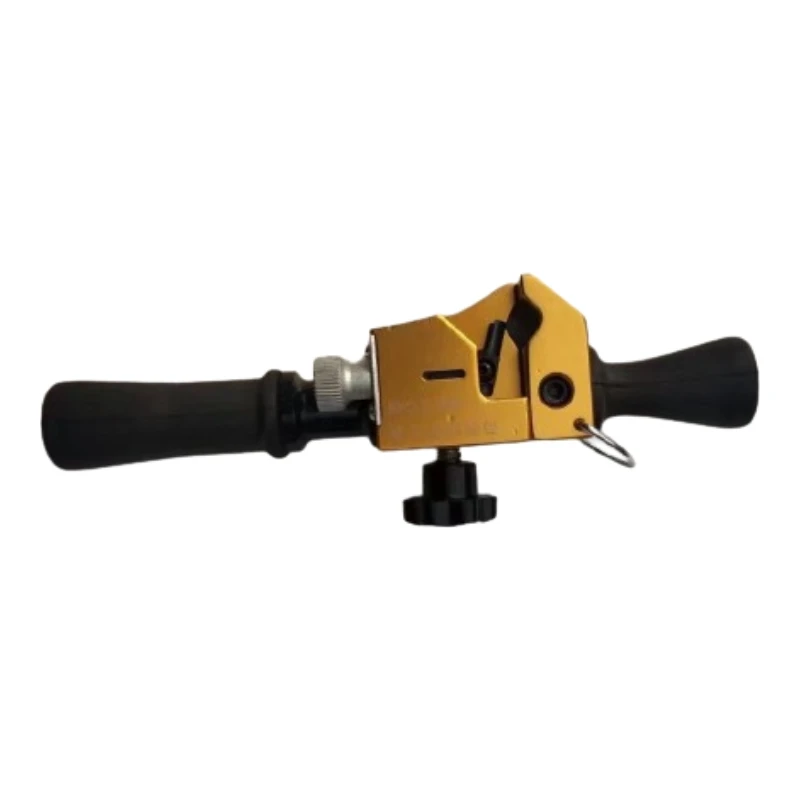
Industry Trends in Construction Tools
The sector for what are the tools used in construction is undergoing a significant transformation, driven by demands for increased efficiency, safety, and sustainability. Key trends include:
- Smart Tools & IoT Integration: Tools equipped with sensors for real-time data collection on usage, performance, and maintenance needs. This enables predictive maintenance, optimized scheduling, and enhanced safety monitoring on job sites.
- Ergonomics and User Safety: A continuous focus on designing tools that minimize operator fatigue, reduce the risk of musculoskeletal disorders, and incorporate advanced safety features like anti-vibration systems, improved grips, and automatic shut-offs.
- Sustainability & Eco-friendly Materials: Adoption of more sustainable manufacturing practices, use of recycled materials, and development of energy-efficient tools (e.g., battery-powered alternatives to pneumatic or corded tools) to reduce environmental impact.
- Advanced Materials Science: Integration of lightweight, high-strength alloys, advanced ceramics, and composite materials to enhance tool durability, reduce weight, and improve specific performance characteristics.
- Automation and Robotics: Increasing deployment of robotic systems and semi-autonomous tools for repetitive, dangerous, or highly precise tasks, improving both safety and efficiency.
These trends collectively push the boundaries of what is possible, enabling construction and industrial projects to be completed faster, safer, and with greater precision.
Technical Specifications and Parameters: The Core of Performance
For B2B applications, the performance of what are construction tools is defined by their detailed technical parameters. These specifications guide selection, ensuring compatibility and optimal functionality for specific tasks. Key parameters vary widely but generally encompass power ratings, operational ranges, material composition, and ergonomic design.
Spotlight Product: Cable Stripper BXQ-Z-40B
As an exemplary instance of specialized construction tools, the Cable Stripper BXQ-Z-40B demonstrates precision engineering for critical electrical infrastructure work. This manual tool is designed for efficient and safe insulation stripping of various cables.
| Parameter | Specification | Technical Detail |
|---|---|---|
| Model | BXQ-Z-40B | Industry-standard model designation for identification and inventory. |
| Stripping Range | φ25mm - φ40mm | Accommodates a wide range of cable diameters, ensuring versatility across various electrical projects. |
| Tool Type | Manual Cable Stripper | Designed for precise, controlled stripping, ideal for field work without power access. |
| Weight | 0.5 kg | Lightweight design enhances portability and reduces operator fatigue during prolonged use. |
| Blade Material | High-Carbon Alloy Steel | Ensures exceptional sharpness, durability, and resistance to wear, maintaining cutting efficiency. |
| Handle Material | Ergonomic Polymer Grip | Designed for comfort, secure grip, and electrical insulation properties, enhancing safety. |
| Certification | CE, RoHS Compliant | Confirms adherence to European safety, health, and environmental protection standards. |
This level of detailed specification is crucial for B2B decision-makers to evaluate tools against project requirements, safety protocols, and long-term operational costs.
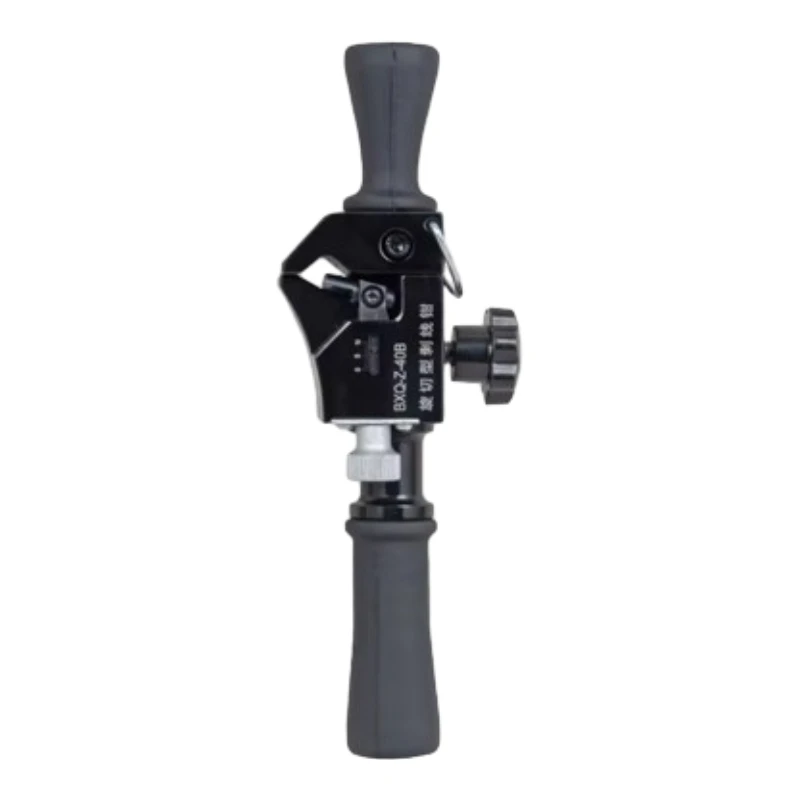
Application Scenarios Across Industries
The versatility of what are the tools used in construction is demonstrated across a myriad of B2B application scenarios, underpinning critical operations in diverse sectors. These tools are not merely implements but integral components of complex logistical and technical processes.
- Power Generation & Transmission: Specialized tools for turbine maintenance, cable laying, substation construction, and overhead line repair. Tools must withstand high voltage environments and provide precision for intricate connections.
- Petrochemical & Refinery: Explosion-proof tools for hazardous environments, pipeline maintenance, flange alignment, and vessel repair. Corrosion resistance and non-sparking properties are paramount.
- Telecommunications Infrastructure: Precision tools for fiber optic splicing, cable management, antenna installation, and network backbone deployment. Speed and accuracy are critical for minimizing service disruptions.
- Water Supply & Drainage Systems: Tools for pipe cutting, fusion welding, leak detection, and infrastructure repair in often challenging underground or submerged conditions. Durability and long service life are key.
- Heavy Civil Engineering: Robust tools for bridge construction, road building, tunnel excavation, and foundation work. This category demands high-impact strength, reliability, and capability for large-scale operations.
Each sector presents unique challenges, requiring tools engineered to specific operational demands and regulatory compliance.
Technical Advantages and Performance Metrics
Modern construction tools offer a spectrum of technical advantages that directly translate into operational benefits for B2B enterprises. These advantages stem from continuous innovation in material science, design, and manufacturing processes.
- Precision Engineering: Achieving tighter tolerances and consistent results, critical for complex assemblies and regulatory compliance. For instance, torque wrenches with digital readouts ensure exact fastening specifications are met, preventing structural failures.
- Enhanced Durability and Service Life: Advanced alloys and heat treatments drastically increase tool lifespan, reducing replacement costs and downtime. Corrosion-resistant coatings protect against environmental degradation, especially in marine or chemical environments.
- Superior Ergonomics and Safety: Designs that minimize vibration, provide optimal weight distribution, and feature integrated safety mechanisms (e.g., anti-kickback systems, insulated handles) lead to reduced operator fatigue and fewer workplace accidents.
- Increased Efficiency and Productivity: Tools designed for rapid deployment, quick-change functionalities, and optimized power-to-weight ratios allow tasks to be completed faster with less effort. Examples include high-speed rotary hammers and battery-powered hydraulic tools.
- Data Integration and Smart Features: IoT-enabled tools provide valuable data on usage patterns, performance metrics, and geolocation, facilitating better asset management, predictive maintenance, and operational insights.
These advantages underscore the value proposition of investing in high-quality, technically advanced what is construction tools for long-term operational excellence.
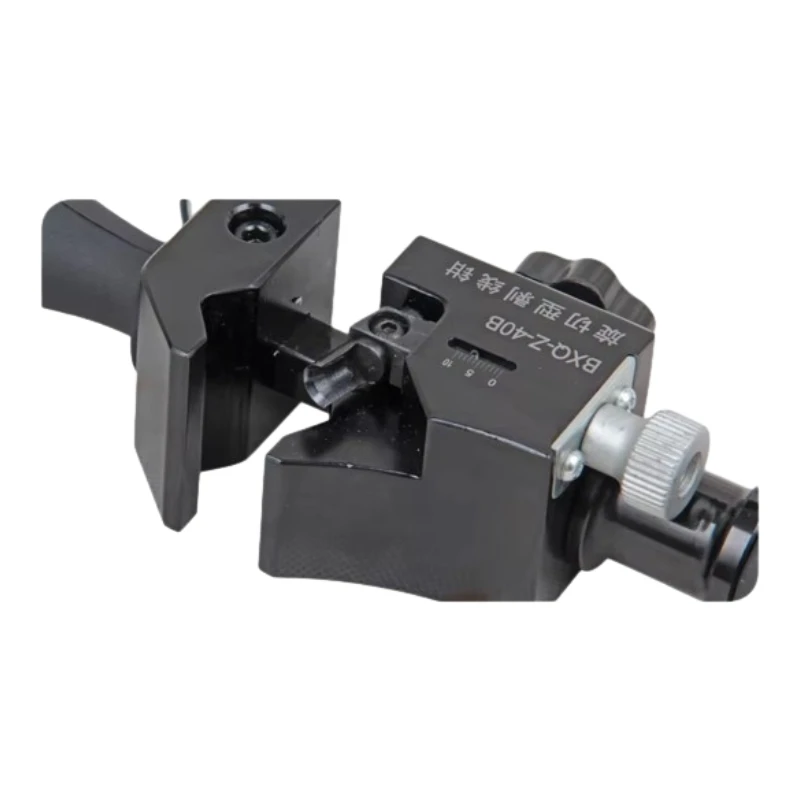
Vendor Comparison and Selection Criteria
Selecting the right vendor for construction tools is a critical B2B decision that impacts project timelines, safety, and profitability. A comprehensive evaluation goes beyond initial purchase price, focusing on long-term value.
Key Comparison Factors:
| Criterion | Description | Impact on Procurement |
|---|---|---|
| Product Quality & Certifications | Adherence to ISO 9001, CE, ANSI standards. Material traceability, consistent manufacturing. | Ensures reliability, safety, and compliance; reduces operational risks and long-term costs. |
| Technical Support & Service | Availability of expert technical assistance, spare parts, and calibration services. | Minimizes downtime, extends tool life, and supports complex operational challenges. |
| Innovation & R&D Investment | Commitment to developing new technologies, ergonomic designs, and sustainable solutions. | Access to cutting-edge tools that enhance productivity and keep operations competitive. |
| Customization Capabilities | Ability to modify standard tools or develop bespoke solutions for unique project requirements. | Addresses niche applications, resolves specific operational hurdles, and optimizes workflow. |
| Total Cost of Ownership (TCO) | Beyond purchase price, considers maintenance, energy consumption, spare parts, and longevity. | Provides a holistic financial view, ensuring cost-effectiveness over the tool's entire service life. |
A vendor with a proven track record (e.g., 20+ years in the industry), extensive client testimonials, and a strong global service network typically signifies greater reliability and commitment to customer success.
Customized Solutions for Unique Project Demands
While standard what is construction tools fulfill a broad spectrum of requirements, many B2B projects encounter unique challenges that necessitate tailored solutions. Leading manufacturers understand this and offer extensive customization capabilities.
Customization can involve modifying existing tool designs to suit specific material properties, environmental conditions (e.g., extreme temperatures, corrosive atmospheres), or ergonomic needs for specialized tasks. This often includes:
- Bespoke Tooling: Designing and manufacturing tools from the ground up for highly specialized applications where no off-the-shelf solution exists.
- Material Adaptation: Utilizing specific alloys or coatings (e.g., non-magnetic, anti-corrosive, non-sparking) for tools operating in sensitive or hazardous environments.
- Ergonomic Modifications: Adjusting handle designs, weight distribution, or control placements to enhance user comfort and reduce injury risk for repetitive or prolonged operations.
- Integration with Automation: Adapting tools for robotic arms or automated systems, including specialized interfaces and communication protocols.
Partnering with a manufacturer capable of providing customized solutions ensures that even the most complex or niche project requirements are met with precision and efficiency, maximizing operational effectiveness and safety.
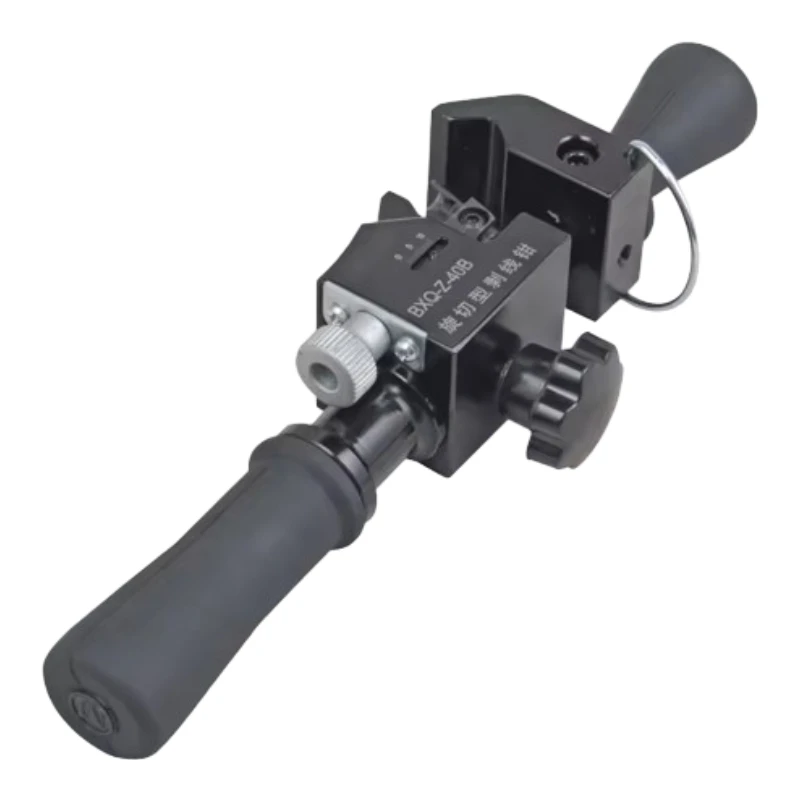
Application Case Studies: Proving Efficacy in Practice
Real-world applications underscore the impact of high-quality construction tools. These case studies exemplify how strategic tool selection and advanced technology drive project success.
Case Study 1: High-Voltage Transmission Line Upgrade
Client: National Power Grid Operator
Challenge: Upgrading aging high-voltage transmission lines across varied terrains, requiring precise cable preparation and connection in challenging weather conditions, with minimal downtime. Manual cable stripping was identified as a critical bottleneck due to existing tools' inefficiency and risk of conductor damage.
Solution: Deployment of advanced manual cable strippers, including models akin to the BXQ-Z-40B, specifically designed for large diameter, multi-layered power cables. These tools featured adjustable depth settings and robust high-carbon alloy steel blades, ensuring clean, consistent cuts without nicking the delicate conductor strands.
Results:
- 30% reduction in cable preparation time per connection point.
- Near-zero incidents of conductor damage, significantly enhancing connection reliability and safety.
- Improved worker safety due to ergonomic design and precise control, reducing physical strain.
- Overall project completion accelerated by 15%, demonstrating the profound impact of specialized what are construction tools.
Case Study 2: Petrochemical Plant Expansion - Flange Management
Client: Major Global Energy Corporation
Challenge: Expansion of a petrochemical processing unit required hundreds of precise flange connections. Inaccurate torque application on bolts could lead to catastrophic leaks in high-pressure, high-temperature lines. Traditional manual methods were inconsistent and time-consuming.
Solution: Implementation of digitally calibrated hydraulic torque wrenches with data logging capabilities. These tools ensured every bolt was tightened to the exact specification, and the process was fully auditable for quality assurance and regulatory compliance. Non-sparking alloys were used for tools operating in intrinsically safe areas.
Results:
- Achieved 100% leak-free flange connections on commissioning, preventing costly shutdowns.
- Reduced bolt tightening time by 40% compared to conventional methods.
- Enhanced safety by eliminating manual errors and providing real-time torque verification.
- The project met stringent safety and quality standards, reinforcing the value of advanced construction tools.
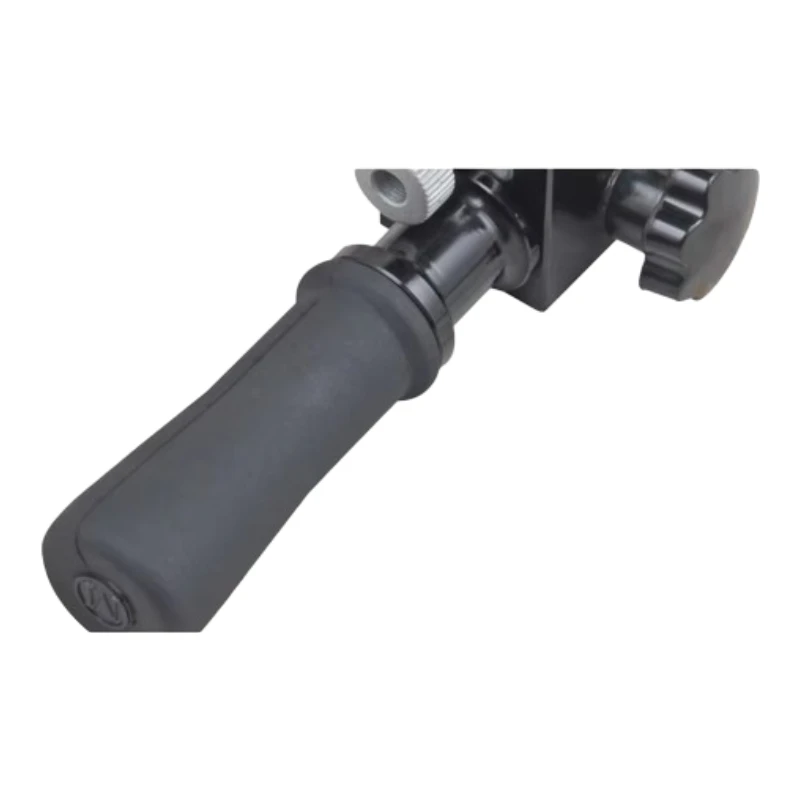
Trustworthiness: FAQ, Lead Time, Warranty, and Support
Frequently Asked Questions (FAQ)
Q: What is the expected service life of specialized construction tools?
A: With proper maintenance and use according to manufacturer guidelines, high-grade construction tools are designed for a service life of 5-10 years or more, significantly outperforming consumer-grade alternatives due to superior materials and construction.
Q: Are your tools compliant with international safety standards?
A: Yes, all our professional-grade construction tools adhere to relevant international standards such as ISO 9001, CE, and country-specific certifications like ANSI or ASTM, ensuring safety and performance compliance.
Q: How do I select the correct tool for a specific application?
A: Our technical sales team and application engineers provide expert consultation to help you match tool specifications with your project requirements, considering factors like material, environment, and operational frequency.
Q: Can the Cable Stripper BXQ-Z-40B be used on armored cables?
A: The BXQ-Z-40B is designed for stripping insulation from non-armored cables within its specified diameter range. For armored cables, specialized tools capable of cutting the metallic sheath are required.
Lead Time and Fulfillment
We operate with an efficient global supply chain to ensure timely delivery of your orders. Standard products typically have a lead time of 2-4 weeks, depending on inventory levels and destination. For customized solutions, lead times are project-specific and will be detailed in your proposal, usually ranging from 6-12 weeks for design, prototyping, and manufacturing. Urgent requests can often be accommodated with expedited shipping options.
Warranty Commitments
All our construction tools come with a standard 12-month limited warranty against manufacturing defects from the date of purchase. Extended warranty options are available for select product lines and can be discussed with our sales team. Our commitment is to provide reliable, high-performance tools, backed by comprehensive after-sales service.
Customer Support Information
Our dedicated customer support team is available to assist you with any inquiries, technical support, or service requests. You can reach us via:
- Email: support@bilopowtel.com
- Phone: +1-XXX-XXX-XXXX (Operating Hours: Mon-Fri, 9:00 AM - 5:00 PM EST)
- Online Portal: Access our customer portal for FAQs, product manuals, and service request submissions.
Conclusion
The landscape of construction and industrial operations is continually evolving, demanding a sophisticated understanding of what is construction tools and their intrinsic value. From the initial stages of material selection and precision manufacturing to their deployment in complex, real-world scenarios, these tools are more than just instruments; they are critical enablers of efficiency, safety, and project success. By embracing innovation, adhering to rigorous quality standards, and offering comprehensive support, manufacturers empower B2B decision-makers to select and utilize tools that not only meet but exceed operational demands, driving progress across vital global industries.
References
- "Advanced Materials in Construction: Properties and Applications." Journal of Building Materials, Vol. 45, No. 3, 2023, pp. 210-225.
- "Ergonomic Design Principles for Industrial Tools: Mitigating Musculoskeletal Disorders." Applied Ergonomics Quarterly, Vol. 18, No. 1, 2022, pp. 55-68.
- "The Impact of IoT and AI on Construction Site Productivity and Safety." Construction Technology Review, Vol. 12, No. 4, 2023, pp. 112-130.
- "ISO 9001:2015 Quality Management Systems – Requirements." International Organization for Standardization, 2015.
- "ASTM Standards for Mechanical Testing of Metals." American Society for Testing and Materials, 2024.
Latest news
Hydraulic Crimping Tool – Precision & Heavy-Duty Speed
NewsNov.05,2025
Cable Pulling Swivel | High-Strength, Anti-Twist, Stainless
NewsNov.04,2025
Cable Pulling Tools – Pro-Grade, Safe, Fast Install
NewsNov.03,2025
Hydraulic Crimping Tool – Fast, Precise, Quick-Change Dies
NewsNov.02,2025
Hydraulic Crimping Tool for Sale | Fast, Precise, Heavy-Duty
NewsNov.01,2025
Duct Rodder for Sale – Non-Conductive, Durable Fiberglass
NewsOct.31,2025









